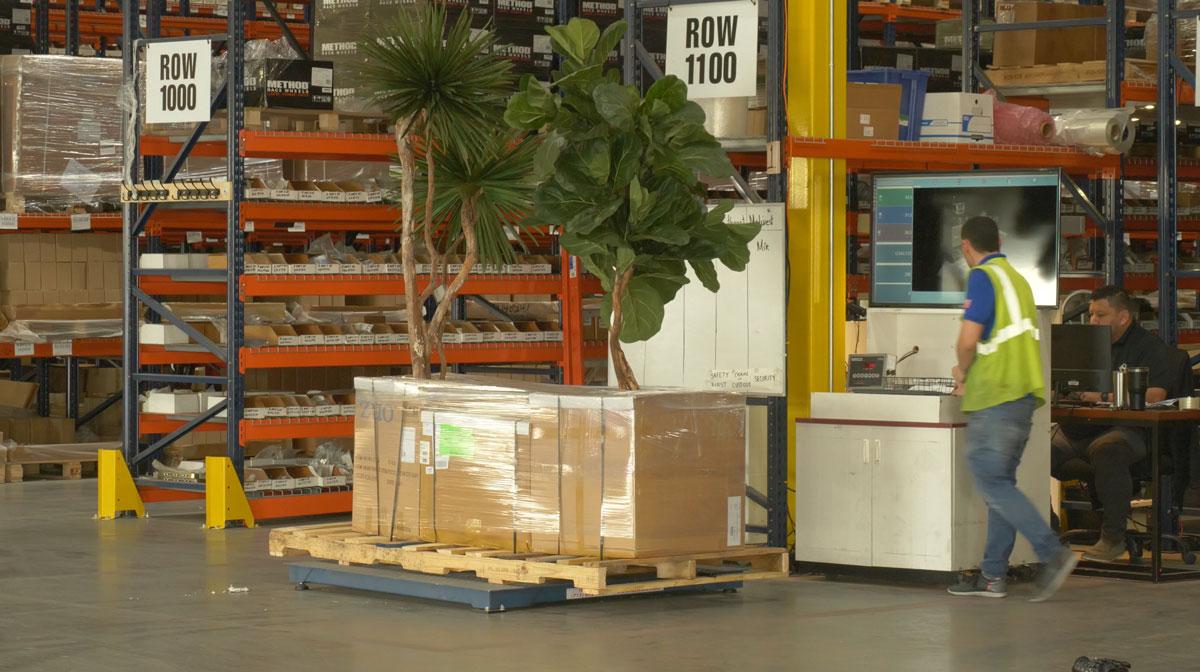Notifications

4 minutes, 30 seconds
-12 Views 0 Comments 0 Likes 0 Reviews

In the logistics and freight industry, precision is everything. Accurately measuring cargo dimensions ensures optimal space utilization, fair billing, and streamlined warehouse operations. This is where dimensioning systems come into play. These advanced technologies have revolutionized cargo dimensioning, automating what was once a tedious manual process. But how exactly do these systems work, and why are they becoming indispensable in modern freight operations?
A dimensioning system is an automated solution designed to capture the length, width, height, and sometimes the weight of cargo items—be it boxes, pallets, or irregularly shaped freight. These systems typically use sensors, lasers, 3D imaging, or infrared technology to record accurate measurements instantly and with minimal human intervention.
The goal is simple: ensure dimensional data is precise, consistent, and readily integrated into warehouse management and transportation software.
Shipping and storage costs are often determined by dimensional weight. With accurate cargo dimensioning, warehouses and transportation providers can make better use of space, reducing waste and increasing profitability.
Incorrect measurements can lead to overcharging or undercharging. A reliable dimensioning system ensures customers are billed correctly, reducing disputes and improving customer trust.
Manual measuring takes time and is prone to error. Automated systems not only save labor costs but also boost throughput in high-volume environments.
Modern systems integrate directly with inventory and freight software, providing real-time data for better decision-making and operational planning.
Ideal for conveyor belts and static stations, overhead dimensioning systems capture dimensions from the top, making them suitable for a wide range of package sizes.
These are specifically designed for measuring palletized freight and typically include weight and barcode scanning functionality.
Portable and versatile, these are perfect for smaller operations or fieldwork where fixed stations are impractical.
Selecting a dimensioning system depends on various factors including:
Volume of cargo processed daily
Type and variability of cargo shapes and sizes
Integration needs with existing software
Space constraints within your facility
Investing in the right cargo dimensioning setup can drastically enhance accuracy, speed, and profitability.
As e-commerce and global freight operations continue to grow, dimensioning systems and cargo dimensioning have become cornerstones of efficient logistics management. Whether you're managing a small distribution hub or a large warehouse, automating the dimensioning process is no longer optional—it’s a strategic necessity.
Cargo dimensioning refers to the process of automatically measuring the dimensions of cargo using specialized equipment or systems for improved accuracy and speed.
Yes. Most modern dimensioning systems are highly accurate, with tolerances as small as a few millimeters, depending on the technology used.
Absolutely. Advanced systems use 3D imaging and laser technology to capture non-standard shapes with high precision.
Most dimensioning systems offer API or plug-and-play integration options, making them compatible with major warehouse and logistics platforms.
Yes, especially if they handle a variety of package sizes or aim to scale operations efficiently.

